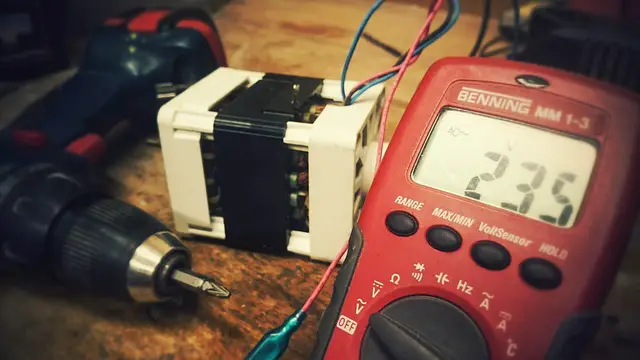A high-quality projector can be a great way to enjoy movies, games, and presentations on the big screen. However, even the best projector can have some limitations when it comes to image quality. This is where calibration comes in. Calibrating your projector can help you achieve the best possible picture quality and get the most out of your display.
In this blog, we’ll explain how to calibrate a projector and provide a step-by-step guide to help you optimize your projector’s settings. Whether you’re a home theater enthusiast or a business professional, our guide will help you get the most out of your projector and achieve optimal image quality. With our tips and tricks, you’ll be able to fine-tune your projector’s settings to get the best possible picture quality and enjoy an immersive viewing experience. Let’s get started on learning how to calibrate your projector!
Table of Contents
How To Calibrate Projector
Calibrating a projector can be a simple and straightforward process that can help you achieve the best possible picture quality. Here are the steps to follow when calibrating a projector:
- Choose a calibration tool: You can use a commercial calibration tool or a free software like CalMAN, DisplayCAL or HCFR. These tools are available online and allow you to calibrate your projector to different industry standards, including REC. 709, DCI-P3 and more.
- Adjust the brightness: Use the calibration tool to adjust the brightness of your projector. This will ensure that the image is not too bright or too dim.
- Adjust the contrast: Adjusting the contrast will help you achieve the best possible black levels and color saturation. Use the calibration tool to adjust the contrast settings on your projector.
- Set the correct color temperature: Calibrate your projector to the correct color temperature (usually 6500K) to ensure accurate color reproduction.
- Fine-tune the color settings: Use the calibration tool to fine-tune the color settings on your projector. This will help you achieve accurate color reproduction and improve the overall picture quality.
- Adjust the sharpness: Use the calibration tool to adjust the sharpness of the image. This will help you achieve a clear and sharp image without any artifacts or noise.
- Save your settings: Once you have completed the calibration process, save your settings. This will allow you to quickly restore your preferred settings in the future.
When should I calibrate my projector?
Calibrating your projector can help you achieve optimal image quality, but the question remains: when should you calibrate your projector? Here are some guidelines to help you determine when to calibrate your projector:
- New projector: If you have just purchased a new projector, it’s a good idea to calibrate it right away. New projectors may have factory settings that are not optimized for your particular setup, so calibration can help you achieve the best possible image quality.
- Change in lighting conditions: If the lighting conditions in your viewing area have changed, such as installing new lighting fixtures or opening up a window, it’s a good idea to calibrate your projector again. This will ensure that the projector’s settings are optimized for the current lighting conditions.
- Periodic calibration: It’s a good idea to calibrate your projector periodically, even if nothing has changed in your viewing area. This can help you maintain optimal image quality and prevent any gradual degradation over time.
- After a lamp replacement: If you have replaced the lamp in your projector, it’s a good idea to calibrate it again. The new lamp may have different color characteristics that could affect the overall image quality.
- When switching between different sources: If you switch between different sources, such as a Blu-ray player and a cable box, it’s a good idea to calibrate your projector for each source. This will ensure that the image quality is optimized for each source.
Conclusion
In conclusion, calibrating your projector is an important step in achieving the best possible image quality and ensuring an enjoyable viewing experience. It’s recommended to calibrate your projector when you first purchase it, after a lamp replacement, or when there is a change in lighting conditions or sources. Regular calibration can help you maintain optimal image quality and prevent any gradual degradation over time. By following these guidelines, you can achieve accurate color reproduction, improved black levels, and a clear and sharp image. With the right tools and knowledge, calibrating your projector can be a straightforward process that can help you get the most out of your display. So go ahead, calibrate your projector, and enjoy an immersive viewing experience with optimal image quality.

